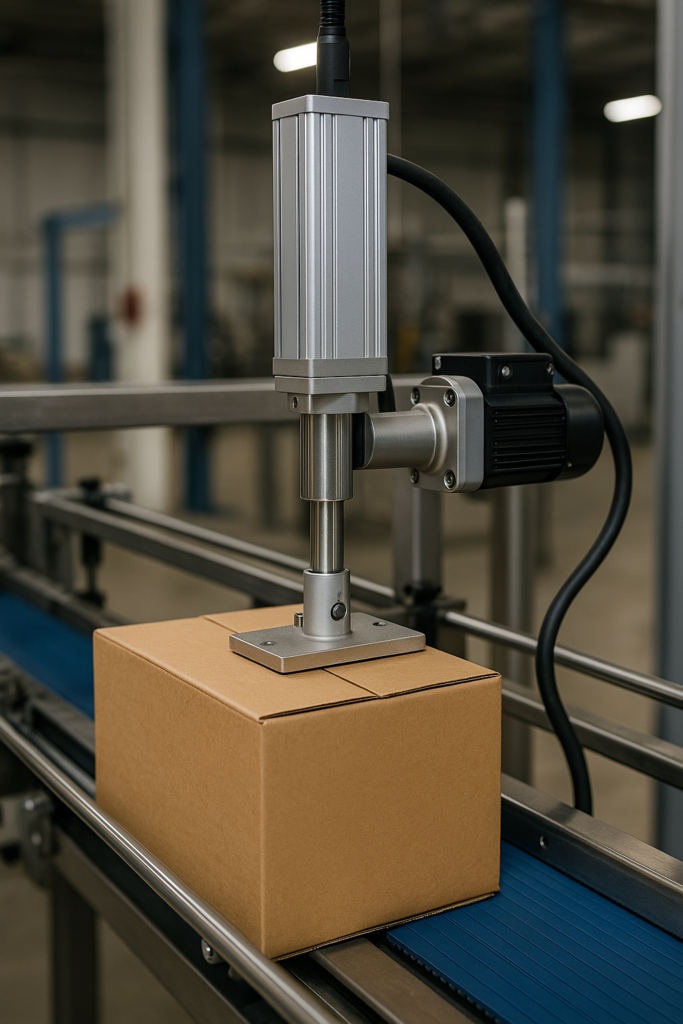Inside a mid-sized FMCG company near Coimbatore, the production floor buzzed with energy every day. But behind that energy was a growing frustration. Their packaging unit, once reliable, had become a constant source of problems. The system, which relied on pneumatic cylinders, had been in use for over 12 years. It had aged. Operators were spending more time adjusting the setup than actually packing products, Linear Actuator.

Mr. Ramesh, the head of operations, had tried everything—more labor, frequent maintenance, and even tweaking the pressure systems. But nothing gave consistent results. Some boxes wouldn’t seal properly, others got crushed under too much force, and delays were becoming routine. Customers had begun to notice. That’s when he decided it was time for a real change.
He reached out to our team at Kathir Sudhir Automation India Pvt Ltd. We visited the site and watched how the existing system worked. It became clear within an hour—the problem wasn’t just the cylinders or the speed. It was control. The packing process needed more precise, programmable movement, and the old pneumatic system simply wasn’t built for that.
After some discussions and a demo, we suggested using electric linear actuators. At first, the team was unsure. They’d never used actuators before for packing. But Mr. Ramesh took the chance and asked us to implement it on one part of the line—the carton pressing station.
We installed a compact electric actuator with position feedback and connected it to their PLC. The actuator replaced the cylinder that pressed the box flaps. On the first test run, the motion was smooth and perfectly timed. It stopped at the exact pressure needed, with no bouncing, no over-pressing, and no misalignment.
In the next few days, the operators were stunned. There was no need to re-adjust for different box sizes. The actuator adapted automatically. They no longer had to stop the machine every couple of hours. The packing became faster, cleaner, and more consistent.
Within a week, the results were hard to ignore. The line was running faster, smoother, and the rejection rate had dropped drastically. Encouraged by the outcome, the company decided to upgrade the entire packing line. We helped them replace the old pneumatic systems in other parts of the line—box flap folding, sealing, and final pushing—with electric actuators.
Every change brought more stability. The actuators didn’t need air, so the noisy compressor room was finally quiet. There were no air leaks, no hose bursts, and no manual resets. Maintenance reduced to almost zero. Most importantly, the power bill came down significantly since there was no need to run the compressor all day.
Today, Mr. Ramesh proudly watches his upgraded line. It runs with quiet precision and rarely stops. He says the best part is that now he can monitor everything from his SCADA screen—actuator position, force, speed—all programmable with just a few clicks.
For that factory, electric actuators didn’t just improve a process. They brought a shift in mindset—from working harder to working smarter. From breakdowns and downtime to reliable, intelligent automation. It’s not just a story about machines—it’s about how the right technology can give people peace of mind and help a company move forward.

